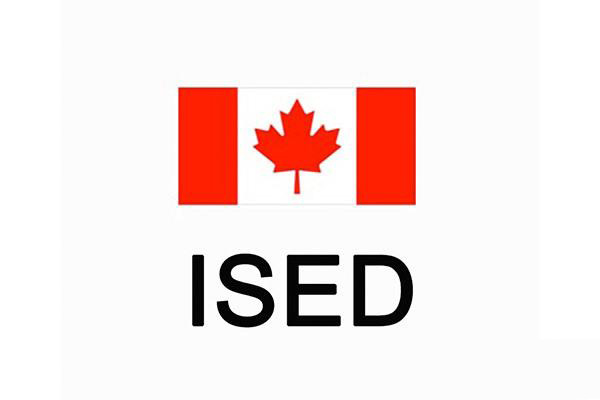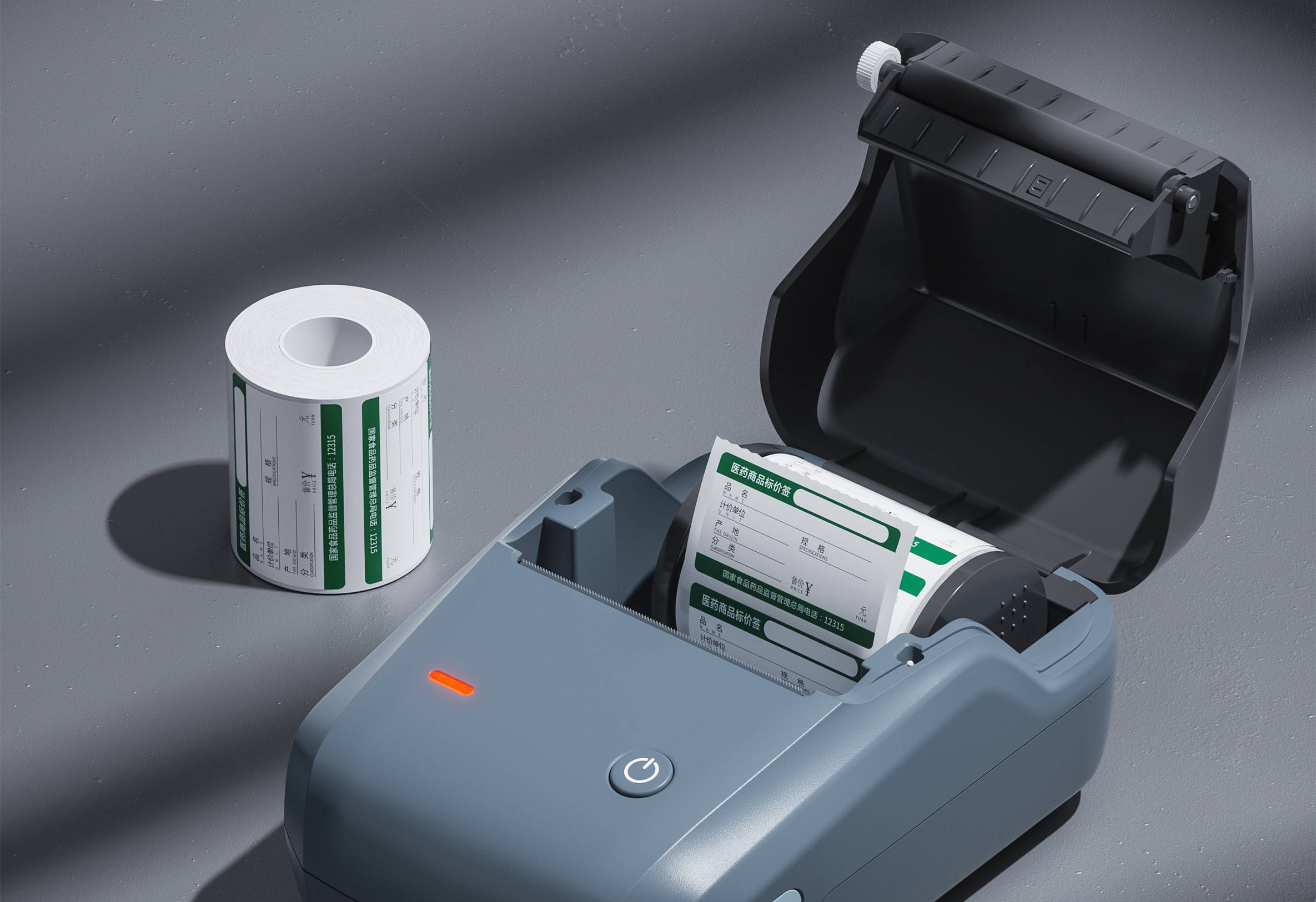
Certification Introduction
ISED, formerly known as IC (Industry Canada), has officially changed its name to Innovation, Science and Economic Development Canada (ISED) since 2016, responsible for the certification of electronic and electrical products entering the Canadian market. Its responsible products are generally radio and television equipment, information technology equipment, radio equipment, telecommunications equipment, engineering, science and medical equipment, etc. Similar to the US FCC, ISED certification currently targets electromagnetic compatibility and radio frequency testing requirements for wireless products and non-wireless products.

ISED stands for Innovation, Economic Science and Development (Canada). This certification helps regulate radio, consumer electronics and communication equipment in Canada. ISED certification is a pass for electronic and electrical products to enter the Canadian market. Radio products can only be sold in the Canadian market after obtaining ISED certification from the relevant authorities. The purpose of this certification is to ensure that all electronic products available to Canadians on the market are safe and follow the appropriate manufacturing and environmental guidelines established by the Canadian government.
ISED certification applicable product range
1. Certified radio equipment (Class I):
◆ Bluetooth devices
◆ Mobile phone signal amplifiers
◆ Cordless phones
◆ High-frequency transmitters
◆ Laptops
◆ Land mobile radio equipment
◆ Smart home appliances
◆ Smart phones
◆ Smart wireless chargers
◆ Tablets
◆ Walkie-talkies
◆ Wearable devices (such as smart watches)
◆ Wi-Fi signal amplifiers
◆ Wi-Fi routers and other local area network (LAN) devices
◆ Wireless microphones
◆ Wireless routers
2. Interference equipment and radio receivers (Class II):
◆ Computers
◆ DVD players
◆ Electronic transformers or electronic ballasts
◆ LED lighting equipment
◆ Any device that can generate and use timing signals or pulses with a frequency of at least 9kHz
3. Terminal equipment:
◆ Automatic answering equipment
◆ Wired phones
◆ Modems (such as DSL)
◆ Recorder
ISED Certification Method
ISED: Self-declaration and Certification can be used.
ISED-Self-declaration: ISED SDoC, generally applicable to non-wireless products;
ISED-Certification: ISED IC, generally applicable to wireless products, that is, marked as IC on wireless products: XXXXX-YYYYYYYYY.
ISED ID certification application instructions
1. Must have Canadian representative address information (this representative has a registered Canadian code)
2. The label must contain the following information (manufacturer name or trademark, model name, IC number)
Documents required for Canadian ISED certification application
ISED SDoC certification:
1. Application form
2. Equipment model technical description or technical manual, product's internal maximum operating frequency, circuit schematic and instruction manual
3. Label
ISED IC certification:
1. Application form
2. IC number (company code 6 digits + product code up to 11 digits)
3. Local agent authorization letter
4. Block diagram
5. Circuit diagram
6. Line description
7. Instruction manual
8. Test report
9. Labels and label locations for each model. Labels must have IC number, label position requires prominent
10. Product internal photos, appearance photos
11. Test photos
12. Technical specifications (including product transmission frequency, number of channels, transmission power, modulation mode, etc.)
Canadian ISED certification application process
1. Contact the staff of ZRLK to learn about relevant cost quotations and cycles
2. Provide relevant technical information and mail samples to our testing laboratory
3. After receiving the samples, the laboratory arranges for testing
4. After the test, issue a test report
5. Submit an application to the ISED authorized CB agency for ISED IC certificate
If you want to know more about FCC certification or if you have a product that needs FCC certification, please feel free to contact us at any time. We will serve you wholeheartedly!

Label printers entering the Brazilian market, ANATEL certification is an essential passport! It is the recognition of the Brazilian Telecommunications Authority for the safety and compliance of electronic products, without which products cannot be legally sold.

SRRC certification is not only a guarantee of product compliance, but also a key to opening up the market.

FCC ID certification is a mandatory certification for electronic products by the Federal Communications Commission (FCC) in the United States, and it is essential for label printers to obtain this certification.
ISED, formerly known as IC (Industry Canada), has officially changed its name to Innovation, Science and Economic Development Canada (ISED) since 2016, responsible for the certification of electronic and electrical products entering the Canadian market. Its responsible products are generally radio and television equipment, information technology equipment, radio equipment, telecommunications equipment, engineering, science and medical equipment, etc. Similar to the US FCC, ISED certification currently targets electromagnetic compatibility and radio frequency testing requirements for wireless products and non-wireless products.
Get a quote